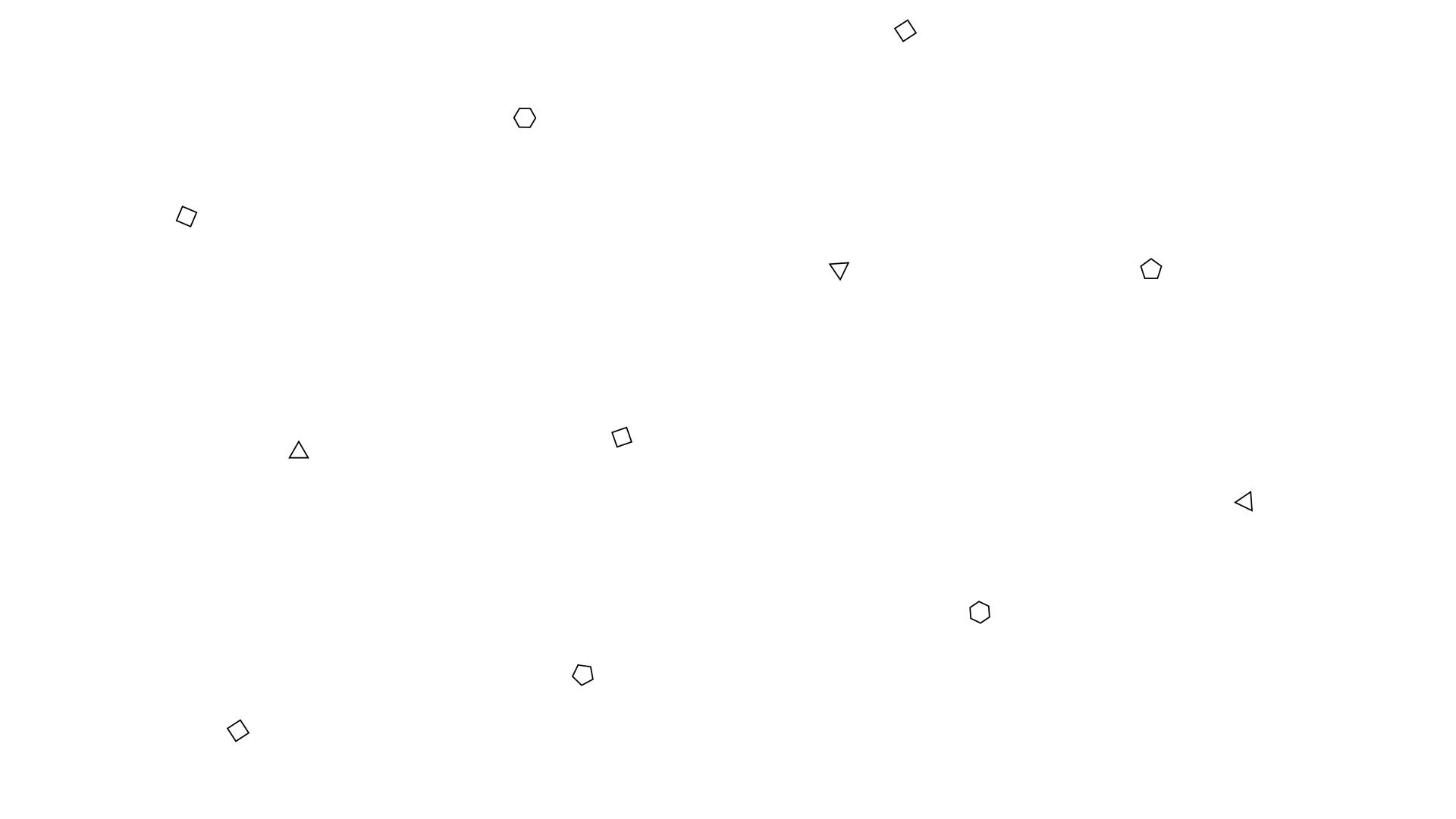Plate Lithography
- Joana Carvalho
- 13 de jun. de 2022
- 2 min de leitura
I have been curious for sometime to try lithography. The original process requires a limestone plate and is generally done in printmaking labs. Some years ago, I saw there were some options to replace the limestone with something more manageable and that could therefore be used at home.

I think there are several options nowadays (aluminium plates, pronto plates, polyester plates, among others). I am using Polyester litho plates that I got from Intaglio Printmaker.
The process of printing in lithography lies in the fact that oil repels water - for a detailed explanation I would recommend this video.
The image is defined in the plate through water resistant media. Several types can be used: sharpies, Indian ink, litho crayon, china marker, etc. For this print I used a sharpie marker and a ballpoint pen, I found these to the media that gave the best result - as can be seen below, Indian also prints but you need to apply a thick layer of it.
It's convenient to wear some gloves to avoid leaving finger prints on the plate - since the finger tips are generated by the oil produced by our skin, they will print.

During the printmaking process the plate needs to be moist at all types, while the ink is applied. So my setup included: a bowl with water mixed in with some gum Arabic, a sponge, a slab and a roller. The ink cannot be one of those types that is washed with soapy water, like the Aqua Wash Charbonnel ink. It needs to be traditional oil-based etching ink, so I am using Hawthorn Stay Open Burnt Umber ink (even though it looks like black on the prints).

I used a press, but these can be printed by hand. I soaked the paper before printing, I think without doing this it would be difficult to get a good print. Besides these four prints, I had made a test print first in a different plate, to see how the media I had tp draw with would print out. It a good idea to waste a first plate just making some tests, to give you a good idea of what would print and how.

Overall this was a really interesting process to try and I like how the prints turned out, so I will definitely give it a try again. I printed all of them in Paint On mixed media paper, so if they came out ok on this paper they will for sure come out better in a printmaking paper.
Cleaning was a bit messy I would say. That is actually what has kept me away from oil inks until now. I used a mixture of turpentine and linseed oil for the clean up and eventually was able to get everything.

I am now curious to try the possibilities of this new printmaking technique. I think I would also need to test out different tools to draw on the plate.
Thanks for stopping by!




Comentários